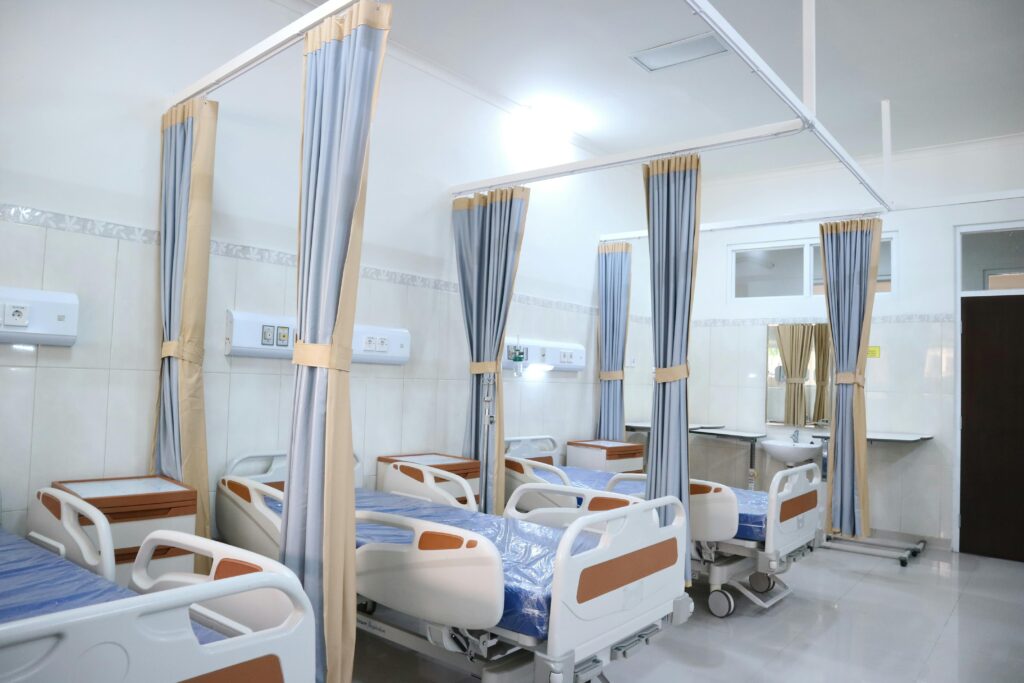
China has become one of the largest exporters of medical equipment and hospital furniture. Competitive prices, advanced technology, and a wide supply chain make China a preferred choice for international hospitals and distributors.
Step 1: Understand Local Regulations
Before purchasing, check your country’s medical device registration requirements. For example:
- In the United States – FDA 510(k) or PMA approval
- In the European Union – CE Marking
- In many Asian and African countries – Ministry of Health registration (MOH/DOH)
Step 2: Choose Reliable Suppliers
Look for CE and ISO certified manufacturers in China. Partner with suppliers that provide quality assurance, after-sales service, and clear product documentation.
Step 3: Key Products You Can Import
- Hospital beds and patient monitors
- Surgical equipment and operating room solutions
- Dialysis machines and consumables
- X-ray machines and imaging accessories
Step 4: Logistics and Customs Clearance
Work with a freight forwarder experienced in handling medical equipment. Proper packaging, documentation, and customs declaration are crucial to avoid delays.
Step 5: Ensure After-Sales Support
Medical devices require regular maintenance and spare parts. Choose suppliers that offer warranty, training, and remote support to keep your operations running smoothly.
Conclusion
Importing medical devices from China can reduce costs and improve healthcare access, provided you work with the right partners and understand the regulations. Pavilion Medical Limited helps international clients ship quality products with compliance and efficiency.
